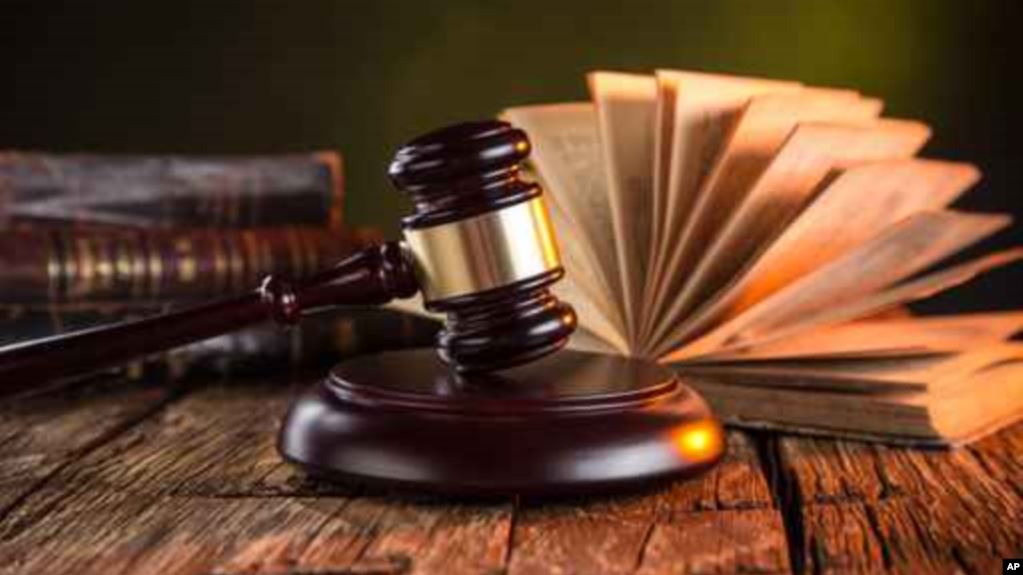Guidance on elements to be established to prove the tort liability for non-contractual damages in Vietnam
What are the regulations on the guidance on elements to be established to prove the tort liability for non-contractual damages in Vietnam? – Ngoc Thao (Phu Yen, Vietnam)

Guidance on elements to be established to prove the tort liability for for compensation for non-contractual damages in Vietnam (Internet image)
1. Guidance on elements to be established to prove the tort liability for compensation for non-contractual damages in Vietnam
The elements to be established to prove the tort liability for non-contractual damages are specified in Article 2 of Resolution 02/2022/NQ-HDTP as follows:
(1) The tort liability in the case specified in Clause 1, Article 584 of the Civil Code exists when the following elements are fully established:
- An tortious act that caused harm or damage to the life, health, property, honor, dignity, property, rights and legitimate interests of others;
- The damage exists, which is physical damage or mental damage;
Physical damage is the identifiable actual physical loss of the aggrieved person, including property damage that is unrecoverable; reasonable costs to prevent, limit or remedy the damage; actual income that is lost or reduced because property, health, life, honor, dignity, reputation, rights and other legitimate interests are infringed.
Mental damage is a mental loss caused by infringing upon the life, health, honor, dignity, reputation, rights and other personal interests of the aggrieved person or his or her relatives. and need to be compensated for that loss.
- There is a causal link between the resulting damage and the tortious act. The resulting damage must be the inevitable result of the tortious act and vice versa, the tortious act is the causation of the damage.
(2) If property causes damage, the owner or possessor of the property must take on the tort liability, except for the case guided in item (3).
- The property owner must take on liability for damage caused by the property, unless the person possessing such property bears tort liability under the guidance at Point b, Clause 2 of Article 2 of Resolution 02/2022/NQ-HDTP.
The owner of the property is identified at the time the property causes damage according to regulations of law. In case the property is being traded, the time of ownership transfer must be identified to determine the owner of the property that causes the damage.
For example: A sold a house to B, the house sale contract was notarized, B has paid 80% of the purchase price to A but did not receive the house when the house caught on fire, spreading to house C causing damage. According to Clause 1, Article 12 of the Law on Housing 2014, the time of transfer of ownership is the time when the buyer has paid in full and received the house, unless otherwise agreed.
In this case, B has not paid the full amount and has not received the house, so A has not transferred the ownership of the house to B. Therefore, A is still the legal owner of the house and bear tort liability to C.
- The possessor who is not the owner must compensate for damage if he is holding, directly or indirectly controlling the property as the holder of the right to the property at the time of causing the damage.
For example: A is the owner of a car who has handed over that car to B. B was driving the car in traffic and caused an accident and caused damage, it is necessary to distinguish two cases:
+ If A hired B to drive a car and pays B's wages, the use of the car is decided by A. In this case, A is the person who possesses and controls the car. Therefore, A is liable for damages, unless otherwise agreed.
+ If A delivered a car to B through a legal property lease contract, the use of the car is decided by B. In this case, B is the person who possesses and controls the car. Therefore, B is liable for damages, unless otherwise agreed.
(3) The tortfeasor, property owner, or property possessor does not bear tort liability in case the damage is caused by force majeure events or entirely at fault of the aggrieved person, unless otherwise agreed or otherwise provided by law.
- Force majeure event is an event that occurs objectively, which cannot be foreseen and cannot be recoverable although all necessary and reasonable measures have been taken.
Example 1: A's house is under construction, is in normal use and shows no signs of damage. A sudden, unforeseeable tornado swept A's roof onto passerby causing damage. This case is a force majeure event, so A does not bear tort liability.
Example 2: A storm is forecasted, A has taken precautionary measures according to the guidance of the competent authority in local area. However, the storm was so strong that it blew off the roof of A's house and caused damage to pedestrians. This case is a force majeure event, so A does not bear tort liability.
- Entire fault of the aggrieved person means that all damage is caused by the fault of the aggrieved person, the tortfeasor is not at fault.
For example: A was driving a car (which he owns) in accordance with the Road Traffic Law, C crashed into A's car on the road to commit suicide. In this case, A does not bear tort liability for damage caused by C's fault.
2. Determination of the age of the tortfeasor in Vietnam
Determination of the age of the tortfeasor in Vietnam is specified in Article 4 of Resolution 02/2022/NQ-HDTP as follows:
The age of the tortfeasor is identified at the time of causing the damage. In case it is not possible to determine the exact age of the tortfeasor, their date of birth shall be determined as follows:
- In case the month can be determined but the date cannot be determined, the last day of that month shall be used as the date of birth;
- In case the quarter can be determined but the day and month cannot be determined, the last day of the last month in that quarter shall be used as the date of birth;
- In case the half of the year can be determined but the day and month cannot be determined, the last day of the last month in that half year shall be used as the date of birth;
- In case the year can be determined but the day and month cannot be determined, the last day of the last month in that year shall be used as the date of birth;
- If the year of birth cannot be determined, an assessment must be carried out to determine the age.
In case the age assessment results only determine the age range of the tortfeasor, the Court shall use the lowest age within the determined age range to determine their age.
For example: If the expertise conclusion states that M's age is between 13 years and 6 months to 14 years and 2 months, the age of M is 13 years and 6 months.
Diem My
- Number of deputy directors of departments in Vietnam in accordance with Decree 45/2025/ND-CP
- Cases ineligible for pardon in Vietnam in 2025
- Decree 50/2025 amending Decree 151/2017 on the management of public assets in Vietnam
- Circular 07/2025 amending Circular 02/2022 on the Law on Environmental Protection in Vietnam
- Adjustment to the organizational structure of the Ministry of Health of Vietnam: Certain agencies are no longer listed in the organizational structure
- Vietnam aims to welcome 22-23 million international tourists in Vietnam in 2025
-

- What is compensation for non-contractual damages ...
- 10:35, 20/03/2023
-

- Notable new policies of Vietnam effective as of ...
- 16:26, 11/04/2025
-
.Medium.png)
- Notable documents of Vietnam in the previous week ...
- 16:21, 11/04/2025
-
.Medium.png)
- Notable documents of Vietnam in the previous week ...
- 16:11, 02/04/2025
-
.Medium.png)
- Notable new policies of Vietnam to be effective ...
- 16:04, 02/04/2025
-
.Medium.png)
- Notable new policies of Vietnam effective from ...
- 14:51, 21/03/2025
 Article table of contents
Article table of contents
